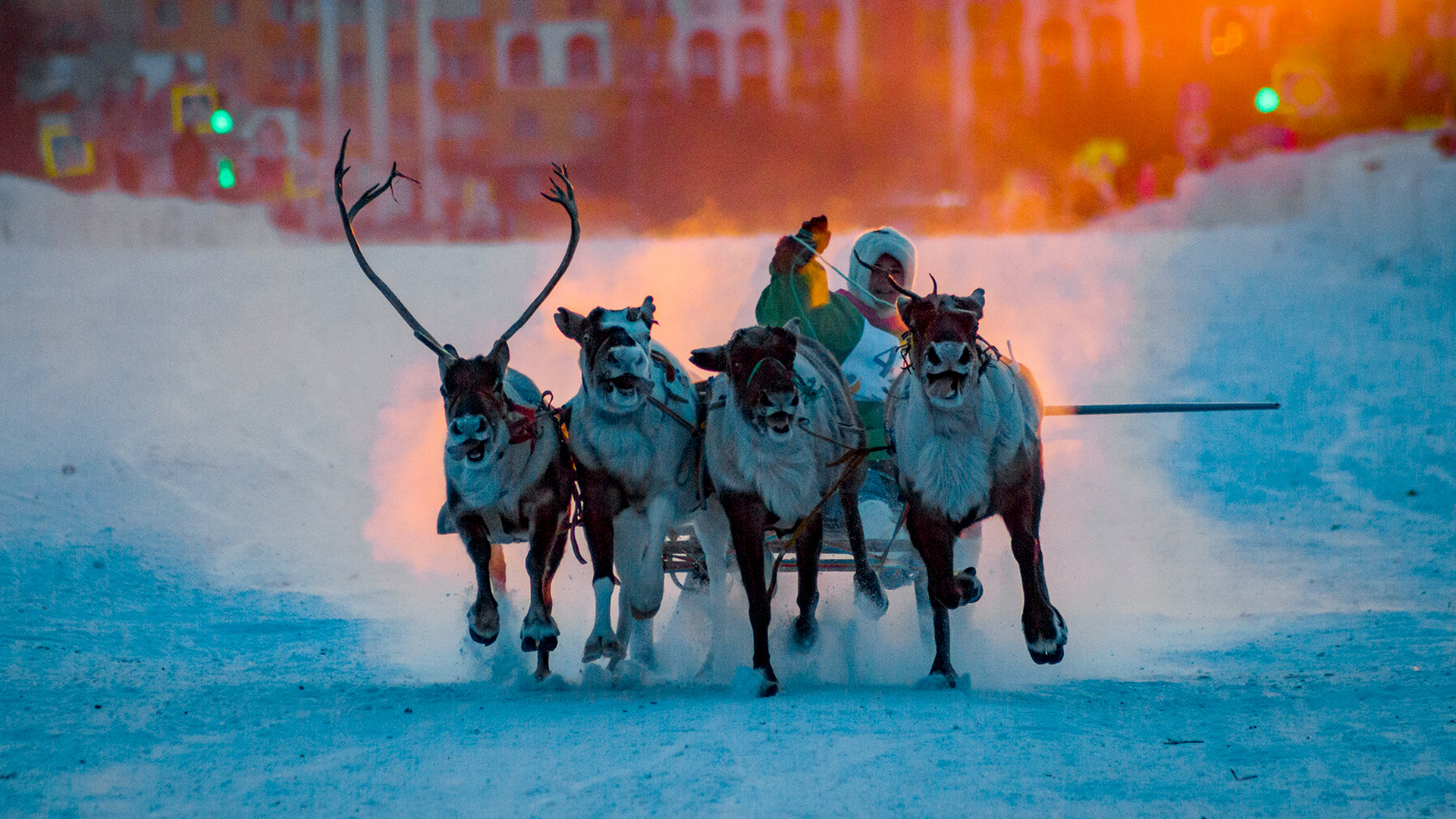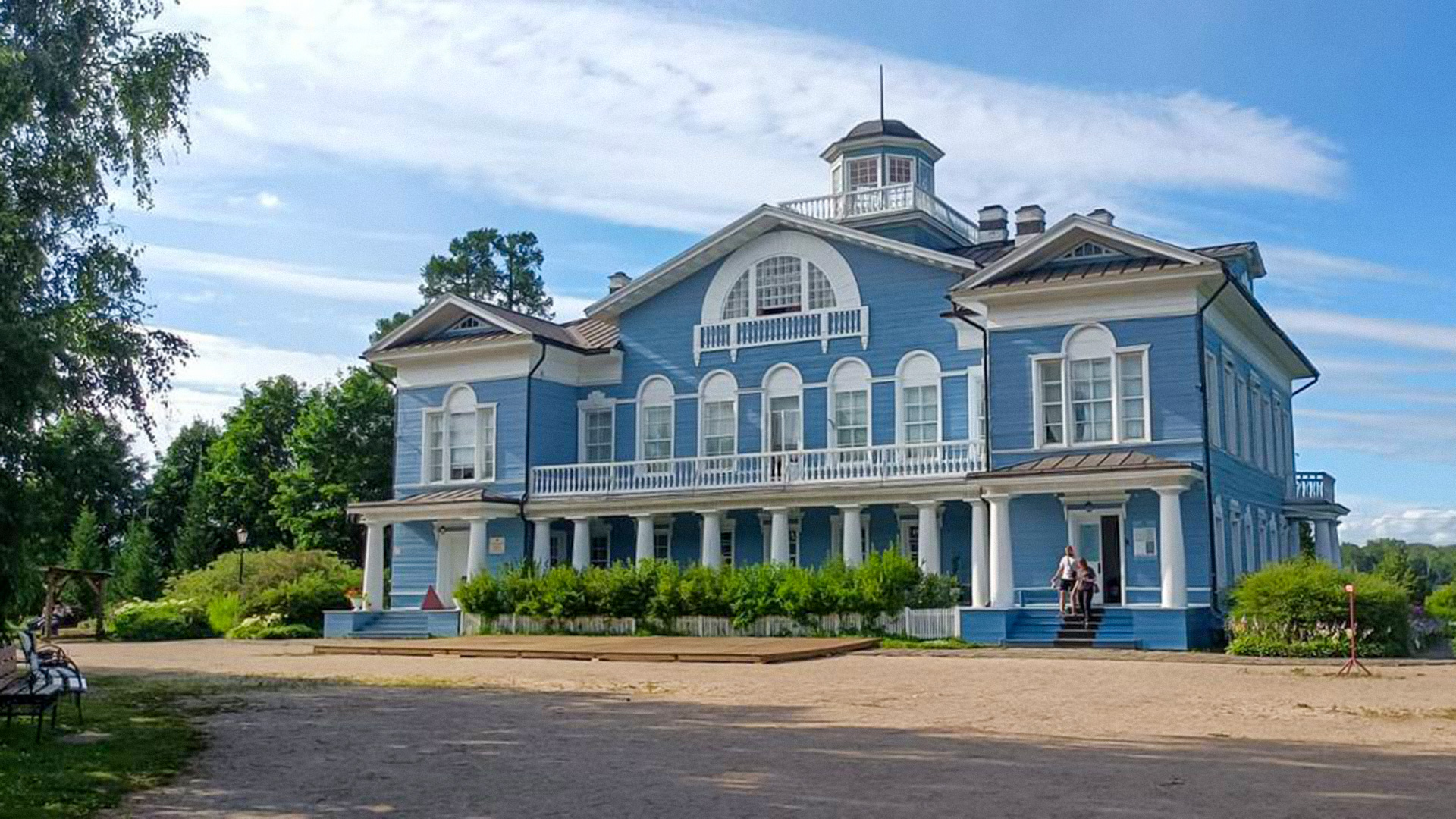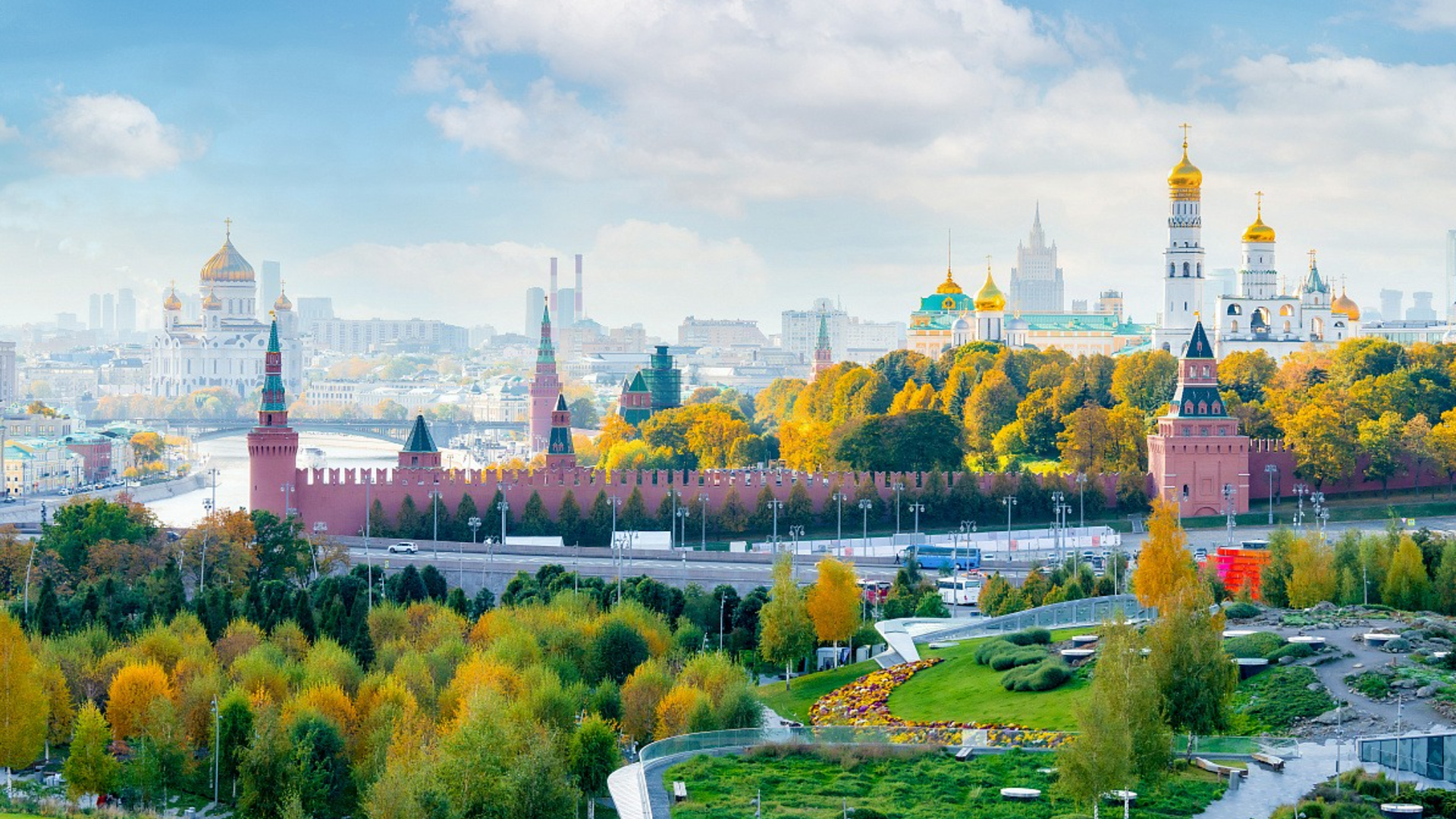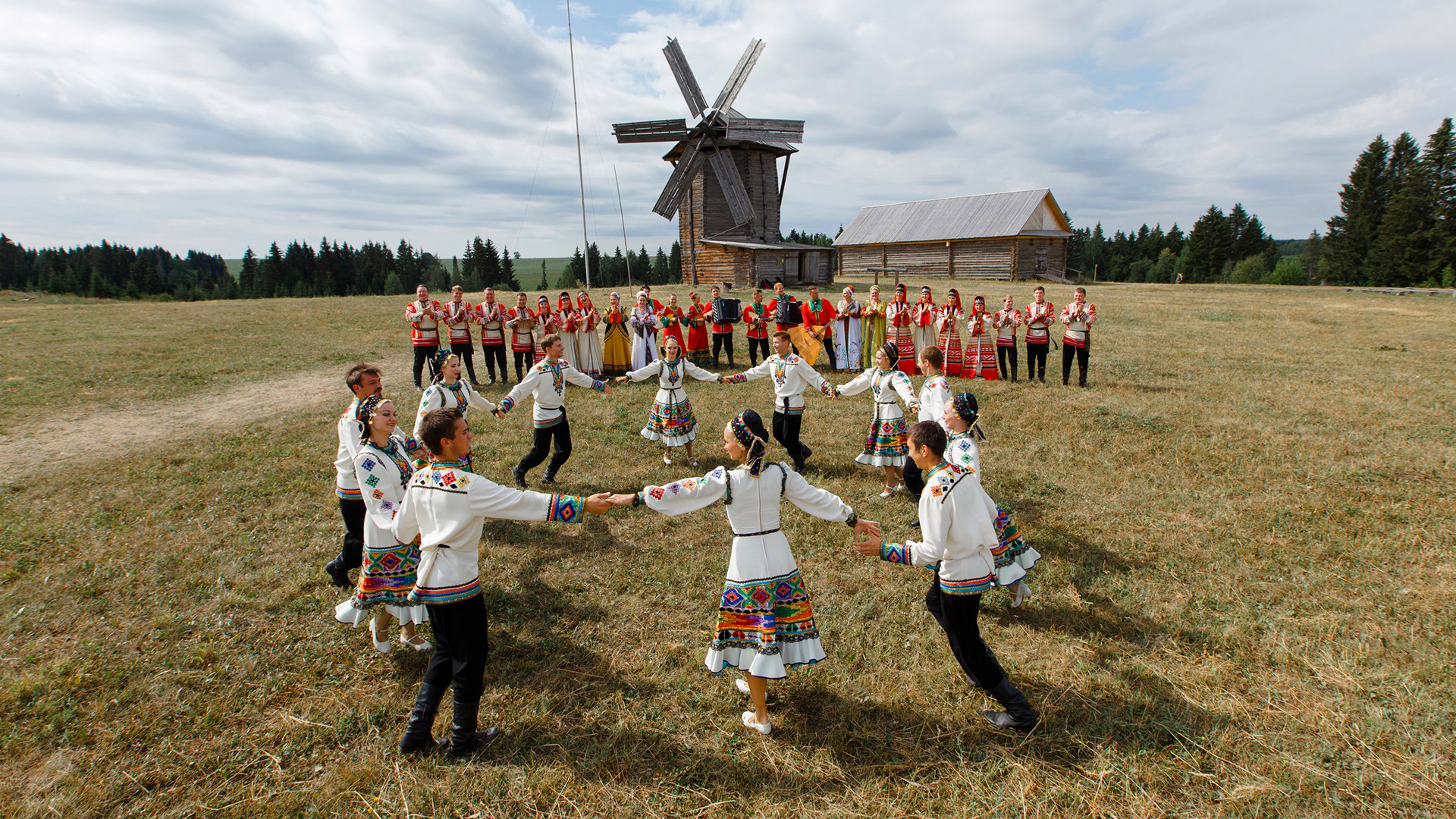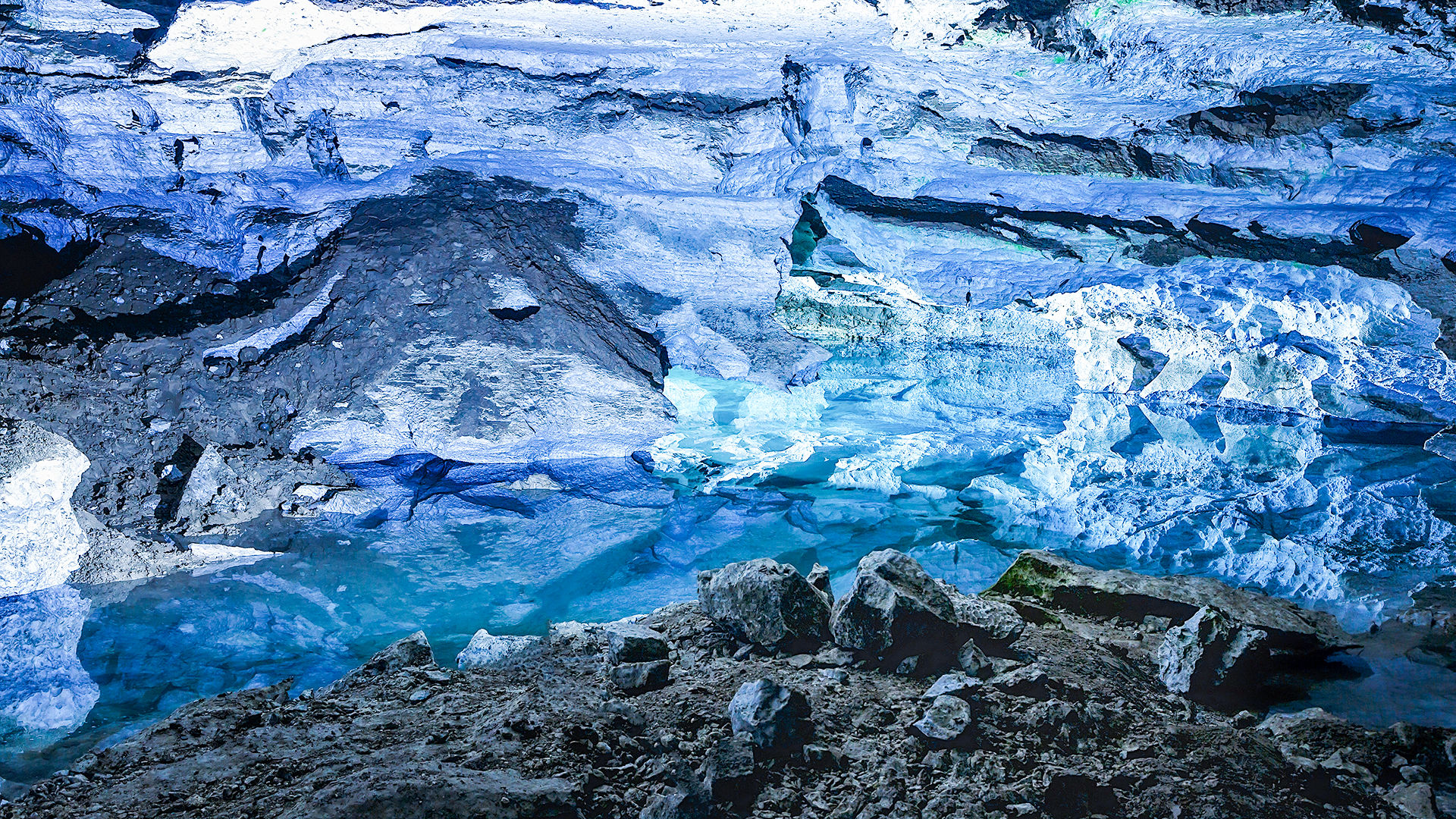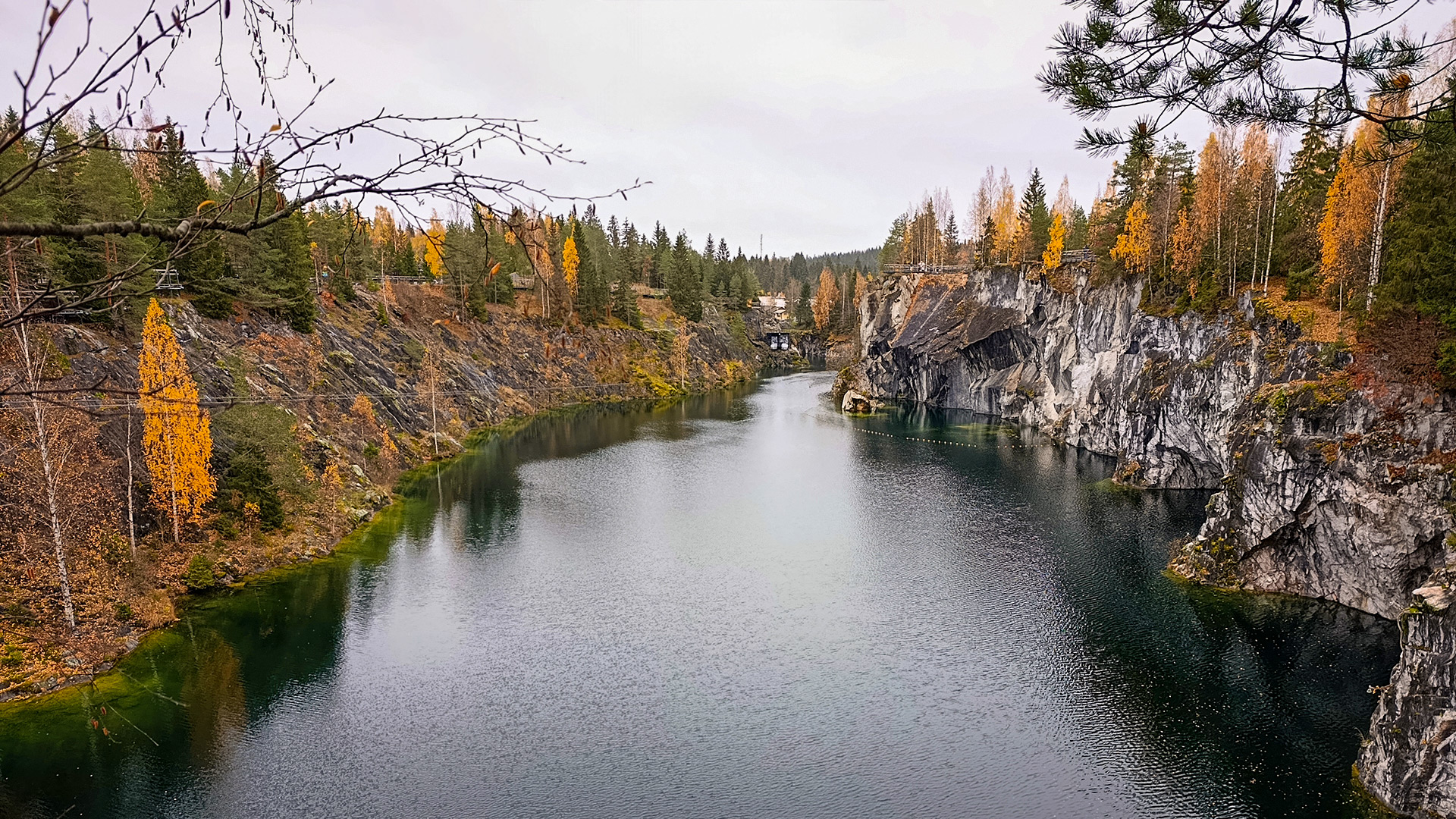
5 seismically hazardous zones in Russia

1. Kamchatka
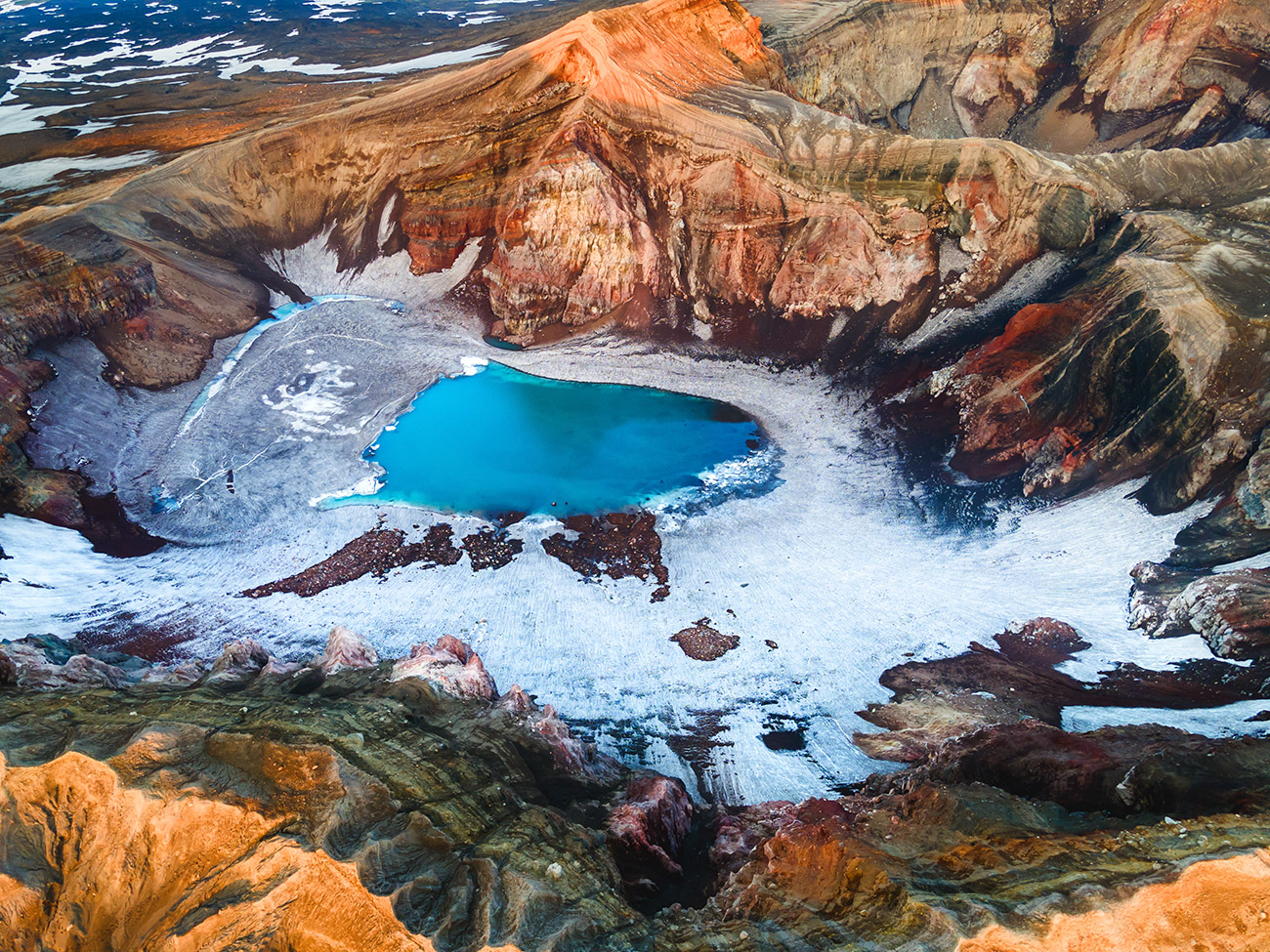
It is on this peninsula that most earthquakes and volcanic eruptions in Russia occur.
On July 30 of this year, the strongest earthquake in more than 70 years was registered there, with a magnitude of 8.8. The epicenter was in the Pacific Ocean and, in the following days, dozens of aftershocks were also recorded. Fortunately, there were no casualties, though buildings were damaged. However, the earthquake then triggered volcanic activity – Klyuchevskaya Sopka, Krasheninnikov Volcano and Avachinsky Volcano all began to awaken.
A few days later, scientists also reported that the peninsula had actually shifted an entire two meters to the south, due to the quake.
Find out how people live near volcanic terrain here.
2. Sakhalin
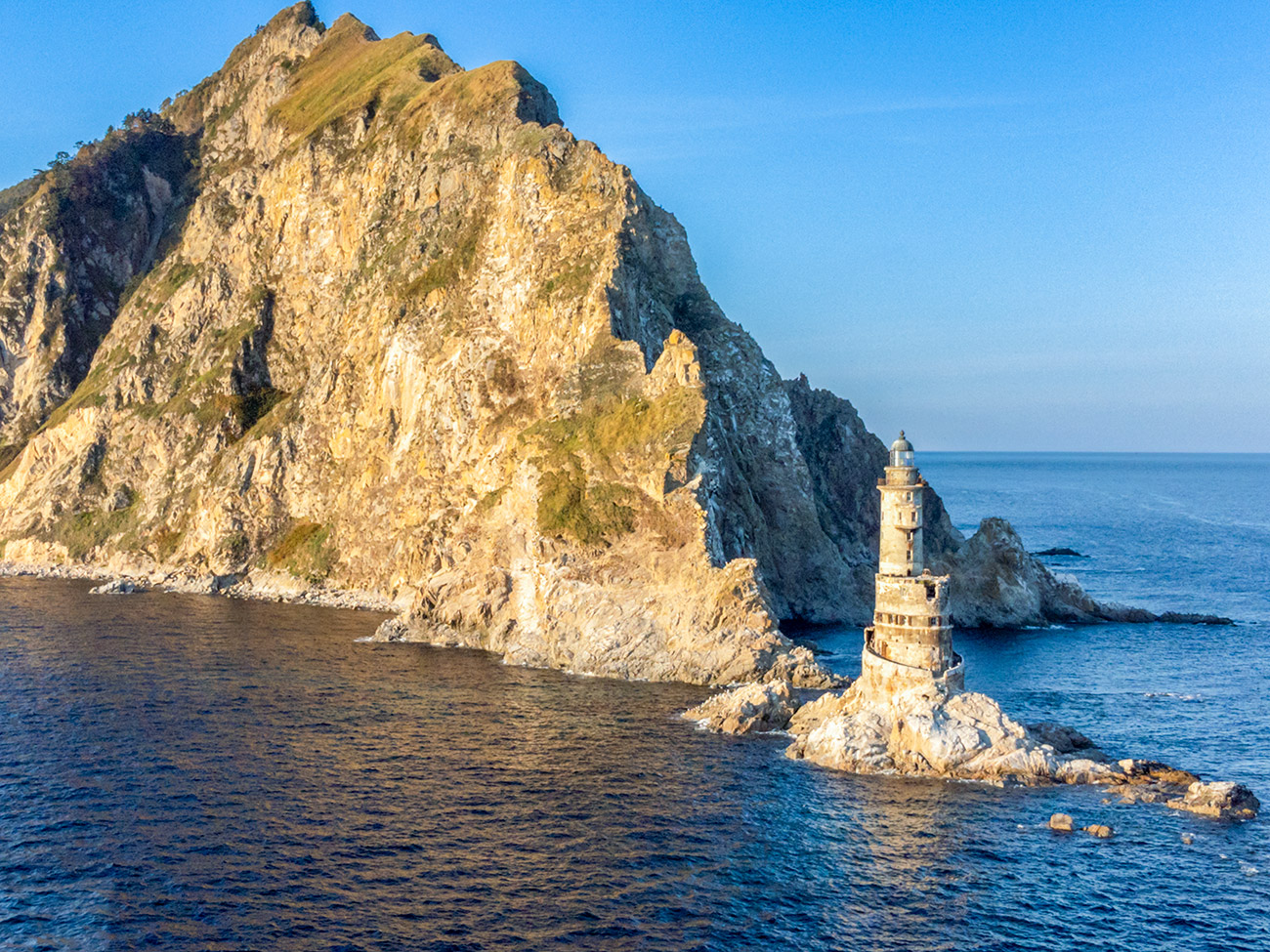
This is Russia’s largest island, with a total area of 76,500 sq. km. Around half a million people live on it, with about a third residing in Yuzhno-Sakhalinsk.
Like Kamchatka, Sakhalin lies in the Pacific seismic zone.
In May 1995, a 9.0-magnitude earthquake struck the northern part of the island, completely destroying the village of Neftegorsk in just 17 seconds. Find out more about it here.
3. Kuril Islands
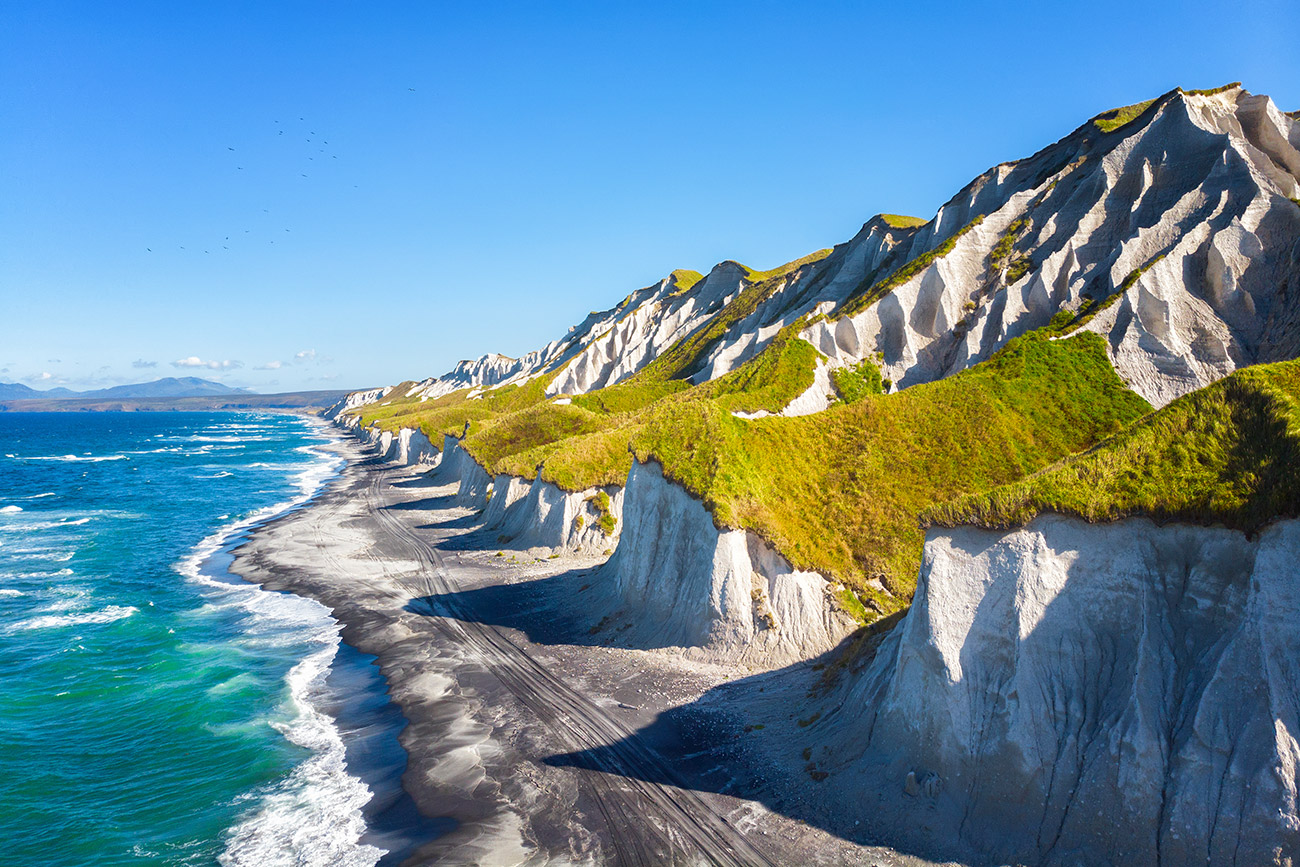
This archipelago consisting of 56 islands (only four are permanently inhabited) is also located in a highly seismically active zone. There are 68 volcanoes there (36 of which are currently active). Seismic stations regularly record earthquakes, though they usually bypass populated areas.
However, destructive earthquakes have occurred. For example, in November 1952, a magnitude 8.3 earthquake in the Pacific Ocean triggered a massive tsunami that completely wiped out the town of Severo-Kurilsk on Paramushir Island.
4. Southern Siberia
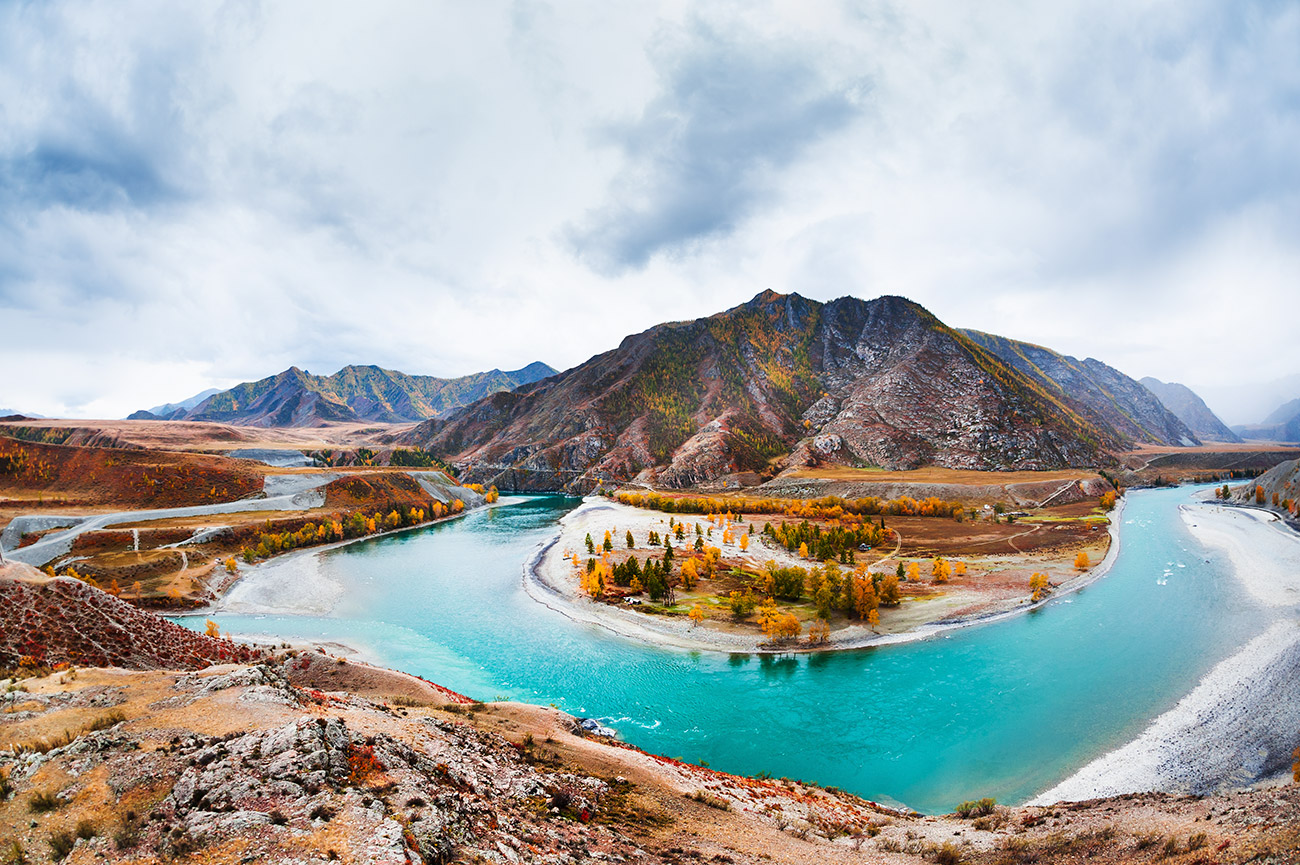
Altai, the Sayan Mountains and Tuva are considered the most seismically active zones in Siberia. Earthquakes there can reach a magnitude of 8. However, the tremors regularly recorded there are usually not felt by locals.
In September 2003, a 7.3-magnitude earthquake near the village of Kosh-Agach in Altai damaged around 1,900 homes and almost completely destroyed the settlement of Beltir. The tremors were also felt hundreds of kilometers from the epicenter.
5. North Caucasus & the Black Sea Coast
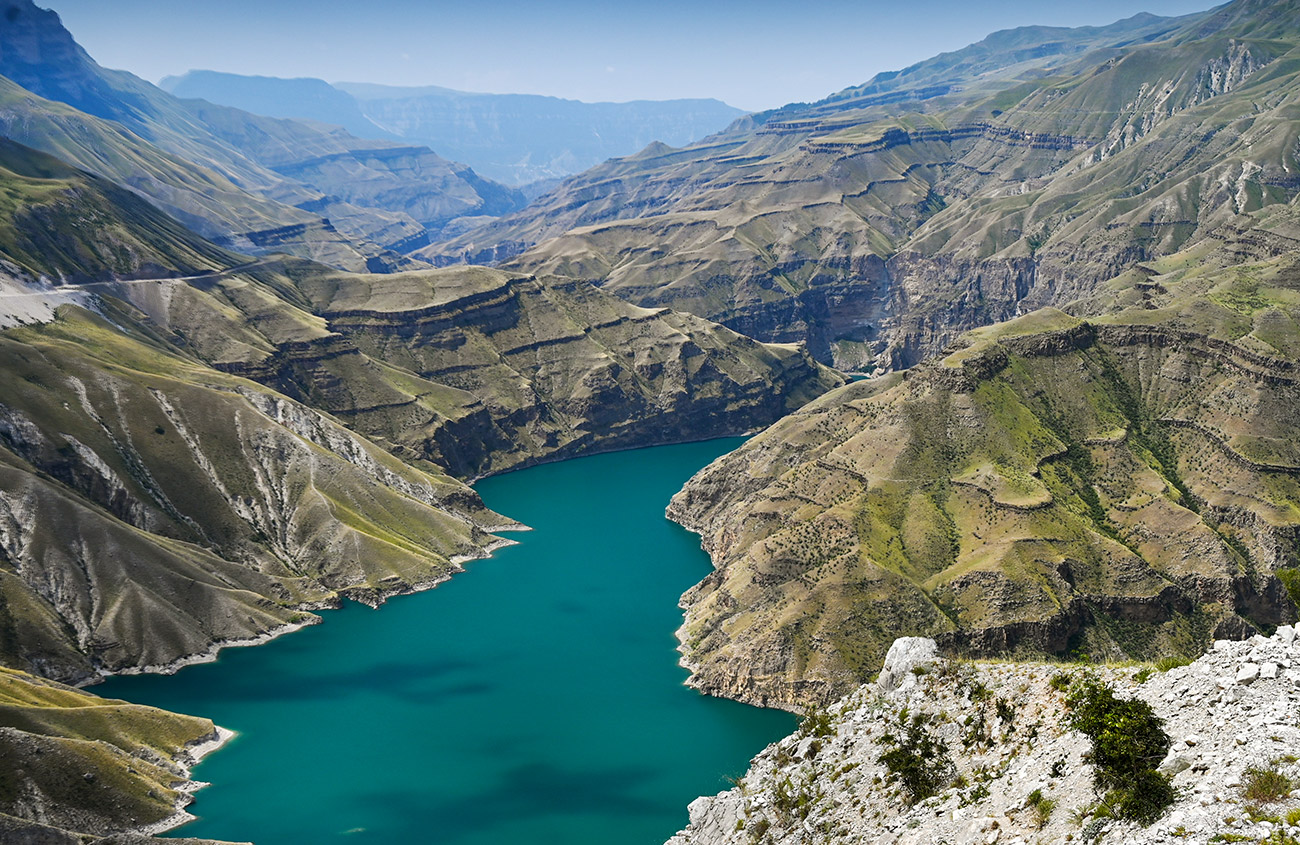
This region is also a collision zone for two lithospheric plates, making earthquakes possible.
In October 2008, a 5.8-magnitude earthquake struck Chechnya and was felt throughout the Caucasus. Then, in December 2022, a 6.0-magnitude quake hit Dagestan.


